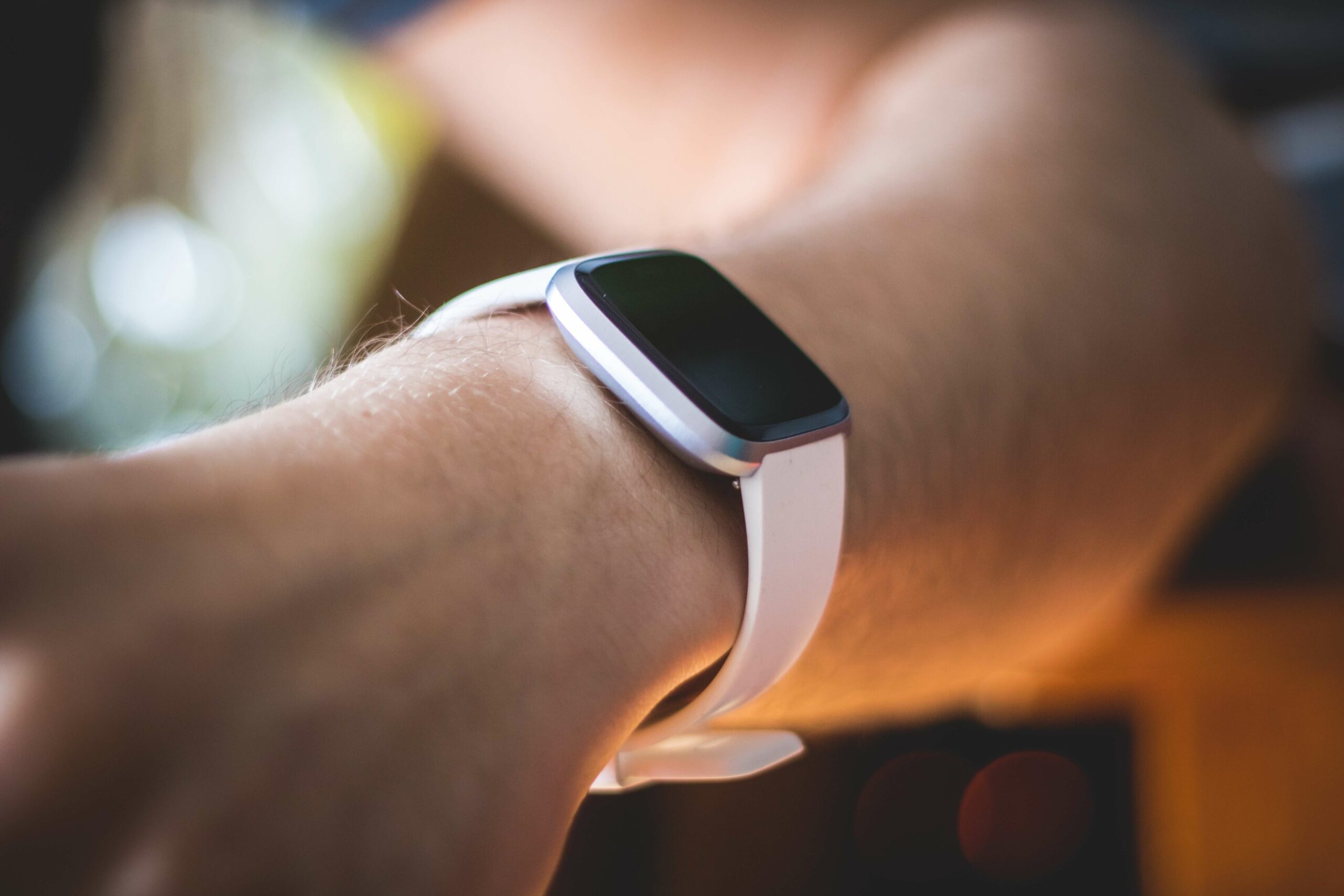Word-of-mouth plays a key role in the success of any medical office and in increasing Patient Engagement in Clinical Trial. Need a doctor in a new specialty? Ask your current office whom they would recommend. Looking to switch doctors? Ask a friend if they have a favorite. New to the area and need a doctor? Look online for office and doctor ratings. Each of these recommendations or ratings comes from one place: patients are engaged and invested in a medical office or a doctor. This engagement and investment build loyalty from those patients, causing positive recommendations online and via word-of-mouth.
Patient engagement in a clinical trial is much the same. To build investment and loyalty, patients must feel engaged and relationships must be built. Not only will your site or trial experience higher success from the engagement of individual patients, but your patient pool will increase from positive recommendations from satisfied patients.
This is where two-way text messaging comes into play: One straightforward tool with one goal of increasing or maintaining Patient Engagement in Clinical Trial. This occurs in four ways:
Spark Patient Interest
Patient interest can be sparked using two-way text messaging. A mobile short code is given out, via which patients can reach the site, a CRO, or another determined party at the ‘back end’ of the software system.
Using advertising, patients can be prompted to text to learn more about a study medication, to enter a giveaway, or to view articles or videos related to a condition that a study medication is treating. Each of these options provides a path to greater patient investment in a study medication for a trial. By learning more about the study medication or being entered in a giveaway, patient interest will peak, and patients will care more about the trial, therefore becoming more engaged.
Build Patient Relationships
Two-way text messaging software can also be used to build patient relationships. At any time, site or research staff may be available to respond to patients. Patients will feel cared for and valued knowing that they are never alone with their condition. Patients will find comfort knowing that they are not isolated as they take what is possibly a new study medication or a placebo in place of their normal medication, hence leading to patient engagement in clinical trial.
Using the text messaging software, responses from research staff will come from the same short code number and will allow patients to feel connected with the person behind the number, even if the responder may change depending on work shifts at a site or CRO. This steady relationship builder opens a window of opportunity to engage patients in between visits. Patients can ask questions or engage in casual, but defined and pointed conversations about trial information.
Collect Patient Data and Survey Information
Not only will patients be able to ask questions and contact the site or research staff, but researchers will also be able to reach out to patients. This will allow for easier data and survey collection from patients, and allow patients to be engaged in a trial by providing a data information or opinions about trial implementation.
Questions may be asked via two-way text, and additional questions can be based on previous answers since two-way texting opens a texting conversation. This allows data and survey collection to not only be easy but also personal and catered to each individual patient. Furthermore, data can be collected more frequently, since text messaging is a frequent activity of most patients throughout each day and will generally not be considered as interruptive as a typical phone call.
Meet Basic Administrative Needs
Lastly, basic administrative needs can be met using two-way text messaging software. Patients can be easily engaged in their reminders for appointments by replying to a reminder with a confirmation message. The patient must see, read, and respond to the reminder, which uses repetitive measures so that the appointment is more firmly placed in the patient’s memory.
This method is also useful in areas that will make patients feel cared for: reminders to fast for a blood draw, questions about needing more supplies at the next office visit, etc. Any items that will allow the patient to effortlessly succeed in the trial and become more engaged through that success may be implemented via two-way text messaging.patient engagement in clinical trial may be greatly increased via two-way text messaging software simply by making patients feel remembered, cared for, and valued. Simply asking patients how they are doing and sending simple reminders for data collection or scheduled appointments provide points of contact that make patients feel like they are a part of something special. Plus, in addition to feeling engaged and invested, patients will be loyal to the trial and medical clinic, and will want to get others involved and engaged.
Patient engagement in clinical trial may be greatly increased via two-way text messaging software simply by making patients feel remembered, cared for, and valued. Simply asking patients how they are doing and sending simple reminders for data collection or scheduled appointments provide points of contact that make patients feel like they are a part of something special. Plus, in addition to feeling engaged and invested, patients will be loyal to the trial and medical clinic, and will want to get others involved and engaged.
To learn how two-way text messaging software can take your clinical trials to the next level of patient engagement, visit http://www.mosio.com/research.
——
Have you downloaded our free Patient Recruiting and Retention Tips eBook?
Featuring over 65 tips from clinical research experts in recruiting and retaining study participants. Download Here
—
Want to learn more? Join the Patient Recruitment and Retention (PR+R) Group on LinkedIn!
Get a quote for Mosio’s patient engagement solutions.










